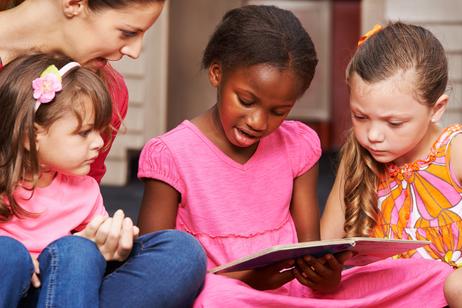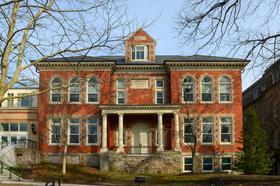When your child reaches school age, you have a lot of important decisions to make. First, you must decide whether you want to send your child to a private or a public elementary school. Each of these options has pros and cons, but unless you do your research, you may not fully understand what they are.
Some children will thrive in any educational environment, while others may need special attention or a certain academic structure. Only you know what your child’s needs are, so it is up to you to do the research and choose the best option for your child. In this article, you will receive an overview of private and public elementary schools and the pros and cons of each so you can make an educated decision.
This video from the Today show looks at the private vs. public issue.
The Difference Between Public and Private
Even if your child attended preschool, elementary school will likely be his first true educational experience. It is very important that you choose the right school for your child at this age because it will shape his academic career in the future. The main decision you need to make is between private and public elementary schools. Even if you choose to send your child to public school in the future, choosing a private school for elementary might be a good choice.
A private elementary school may also be known as an independent school because it is not administered by any state, local, or national government. These schools reserve the right to select students, and they are funded by tuition paid by the parents rather than government funding. Some private schools offer scholarships for gifted or needy students to help offset costs. Though this is not always the case, many private schools are operated by religious institutions, which may impact the type of education the students receive.
A public elementary school is one that a state, local, or federal government administers. In short, public schools are generally funded by tax dollars and/or government grants. Public schools do not have the right to choose their students like private schools – students are generally assigned to a public school based on where they live. Most public schools follow some kind of standard curriculum that is designed to meet state or national requirements. The quality of education for public schools varies greatly from one region to another, and it largely depends on funding and the caliber of teachers who work there.
Pros and Cons for Public Elementary Schools
Depending on where you live, you might have the option to choose between several public elementary schools or there might be only one. The caliber of public elementary schools varies greatly, but some benefits are common amongst most public schools. According to a study conducted by the National Center for Education Statistics, teachers at public schools tend to have more qualifications and experience than their private school counterparts. The same student shows that public school students also spend an average of 3 hours per week more than private school students studying core subjects like math, English, science, and social studies.
This video looks at the issue from the perspective of Georgia schools
Because public elementary schools are government-funded, they often offer students a greater selection of extra-curricular activities and sports. This is partially due to federal funding, but it also has something to do with the fact that public schools tend to be much larger than private schools. The size of public schools frequently correlates to greater diversity in the student body as well.
Public elementary schools tend to be larger than private schools, which sometimes leads to higher teacher-student ratios. This may not be a problem for all private schools, but it can sometimes lead to less individualized attention, especially for special needs or gifted students. There is also a great deal of variation in the quality of education for public schools based on location. Some regions receive more federal funding than others, and they may be more desirable to live in, leading to a higher caliber of teachers. Some parents are also concerned that state and federal requirements lead to a focus on test scores (for the sake of earning or keeping funding) rather than on the child’s education.
Pros and Cons of Private Elementary Schools
Although there are some advantages to larger schools, the smaller size of private schools often correlates to more individualized student attention. A study conducted by the National Center for Education Statistics shows that private schools are generally half the size of public schools which correlates to better teacher-student ratios. Public schools have a national average for teacher-student ratios of 17:1 instead of a 9:1 ratio for private schools.
Private schools are not government-funded, so there is less time and effort wasted on bureaucracy. Private schools are not subject to the same national standards for curriculum as public schools, which may focus less on test scores and a greater focus on a balanced education. Private school teachers have more control over their teaching methods and their curriculum than public school teachers, and the parents often exhibit greater involvement in private versus public schools.
This video claims to list the 10 best private elementary schools in the U.S.
Although private schools have many benefits, there are some downsides to consider. For example, because private schools are not government-funded, they do not have to comply with federal or state laws regarding special needs students. Your child's education at a private school could be very different from what he would receive at a public school if the private school has religious affiliations. It is also important to note that you must submit an application for your child to attend private school – his admission is not guaranteed based on where you live.
Which Option Is Right for Your Child?
Ultimately, it is your decision alone to choose between private and public elementary schools for your child. At the same time, it may seem like a life-altering decision at the time, but in the grand scheme of things, the elementary school you choose may not be as important as the school you choose for your child’s higher education. This doesn’t mean that you shouldn’t take the time to make a careful selection, however – the information in this article should help to guide your choice.
Questions? Contact us on Facebook. @publicschoolreview












